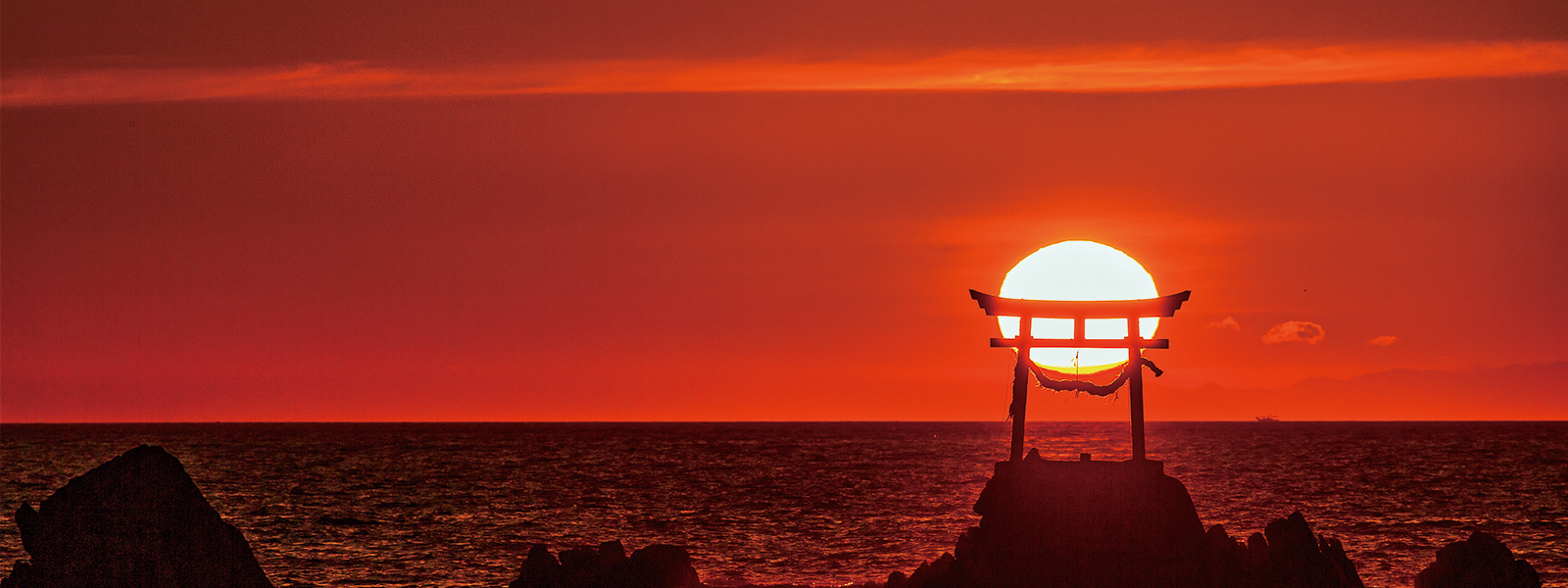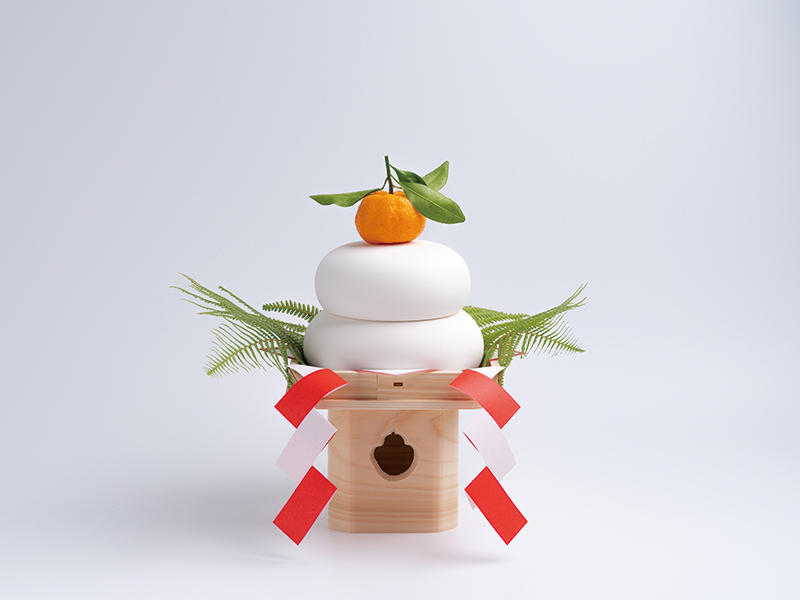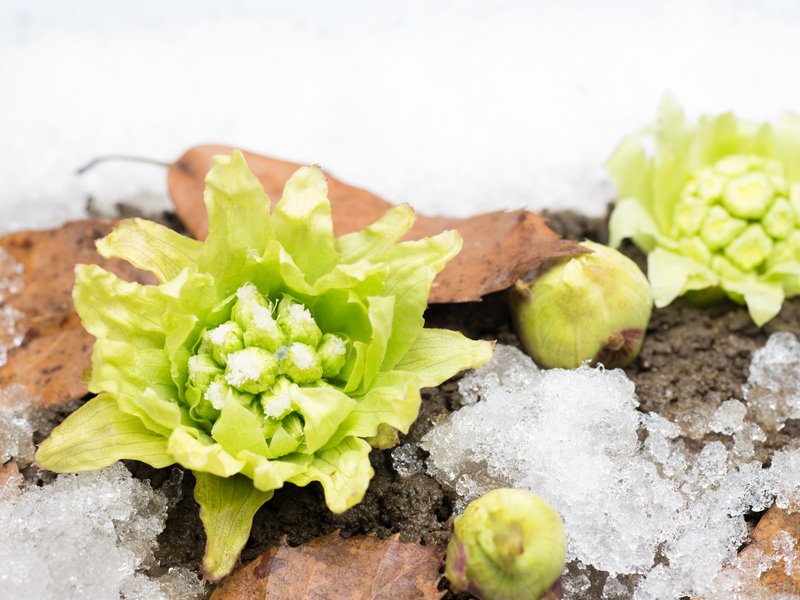What are traditional lunar month names?
In Japan's classical culture, there is a term called "traditional lunar month names" that express each month with rich poetic imagery. Nowadays, it is common to refer to months by numbers such as "January" and "February," but in the past, each month had its own name.
Among these, January is called "Mutsuki." This traditional lunar month name deeply reflects the beauty of nature through the seasons, as well as the lifestyle and values of the Japanese people.
Traditional lunar month names spread during the Heian period's court culture and were often used in the waka poems composed by nobles about daily events and landscapes. These month names were not just calendar divisions but served as cultural decorations that conveyed the sense of living in harmony with nature and the seasons. Although they are rarely used in daily life now, knowing their meanings and origins can bring us closer to Japan's history and culture.
The origin and meaning of "Mutsuki"
There are various theories about the origin of the term "Mutsuki." The most prominent theory is that it means "the month when relatives and friends gather and spend time harmoniously." In Japan, it has long been a custom for families and relatives to gather to celebrate the New Year, wish for a safe year, and deepen their bonds. The word "mutsubu" (to be harmonious) is said to be the origin of "Mutsuki," indicating that the New Year was a special time when people gathered with smiles and engaged in warm interactions.
Another theory suggests that January is the month when rituals to honor the gods are held, hence the meaning "the month when gods and people interact harmoniously." In Japan's agricultural society, harmony with nature and the gods was central to life. Therefore, rituals were held at the beginning of the new year to pray for a good harvest and peace, making it a month when the bonds between gods and people were deepened.
Miko (Shrine Maiden)
Otoso (New Year's spiced sake)
Mutsuki and the Modern New Year
Even today, as the name "Mutsuki" suggests, January is a month centered around spending time with family and friends. During the New Year, scenes of relatives and friends gathering around osechi ryori (traditional New Year dishes) and ozoni (New Year soup) are common. Hatsumode (first shrine visit of the year) and exchanging New Year's cards are also important events to wish for each other's safety and reaffirm bonds.
Additionally, setting "New Year's resolutions" is a unique New Year custom. The act of thinking about these resolutions is akin to the ancient Japanese practice of connecting with the gods to positively welcome the new year. In this way, the values and customs represented by the ancient "Mutsuki" are still deeply ingrained in the lives of modern Japanese people. The word "Mutsuki" carries a profound meaning beyond just being a month name.
Hatsumode (First Shrine Visit)
New Year is a time for families to gather and enjoy osechi
Month Names in Other Countries and Traditional Lunar Month Names
The traditional lunar month names, including "Mutsuki," reflect Japan's unique view of nature and cultural background. On the other hand, month names in other countries also have their own distinct meanings. For example, the English word for January, "January," is derived from Janus, the Roman god of gates. This god symbolizes beginnings and endings, and "January" was named as the month that opens the door to the new year.
In China, the lunar New Year, known as "Chunjie," is emphasized, and it is a time when families gather and traditional events are held. By comparing these cultures, the uniqueness of the traditional lunar month names becomes more apparent. The "Mutsuki" of Japan symbolizes not just the beginning of a new year, but also "the bonds between people" and "harmony with nature." These are core values of Japanese culture, distinguishing it from the month names of other countries.
What Traditional Lunar Month Names Teach Us
In modern society, we often lead busy lives, and connections with nature and people can become tenuous. However, through traditional lunar month names, we can remember the importance of "living in harmony with nature" and "the bonds between people" that we tend to forget. The word "Mutsuki" embodies the spirit of hope and harmony suitable for welcoming a new year.
How about spending this January with an awareness of traditional lunar month names? By valuing connections with nature and people, you may find hints for starting the year with a rich heart.
Summary
The traditional lunar month name "Mutsuki" is an important cultural heritage that reflects Japan's beautiful view of nature, people's lifestyles, and values.
By understanding its meaning and background, you can touch the depth of Japanese culture. Cherishing the bonds with family and friends, and wishing for harmony with nature and the gods. This January, start the new year with the word "Mutsuki" in your heart.
Introducing January in Japan through Photos
Flowers and plants seen in January: Narcissus
Flowers and plants seen in January: Nandina
Nanakusa-gayu (Seven Herb Porridge)
Ozoni (New Year's Soup)












